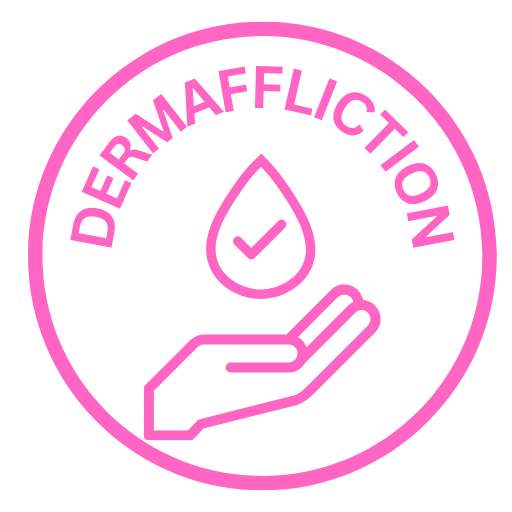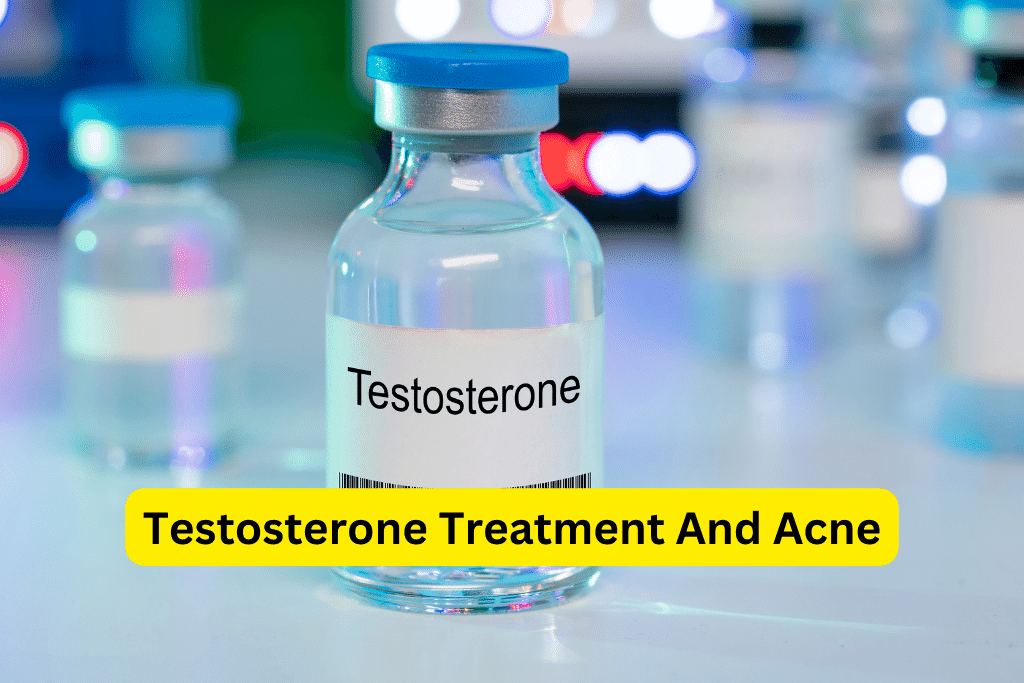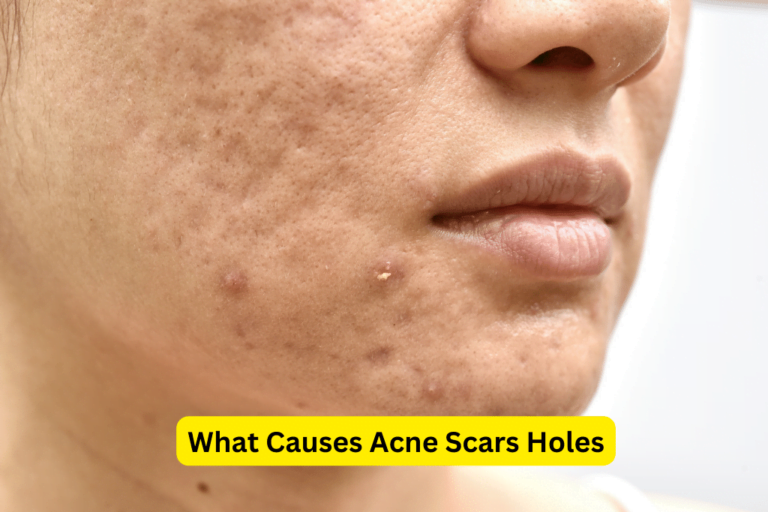Unlocking the Benefits: Testosterone Treatment and Acne Explained
Testosterone Treatment And Acne
Testosterone treatment, also known as testosterone therapy, is a medical intervention used to address low levels of testosterone in the body. Testosterone is a hormone that plays a crucial role in various bodily functions, including the development of secondary sexual characteristics, muscle growth, and bone density. While testosterone treatment can provide many benefits, it is important to address the potential side effect of acne.
Acne, a common skin condition characterized by pimples, blackheads, and whiteheads, can be influenced by hormonal fluctuations. Testosterone, being a male sex hormone, can stimulate the sebaceous glands in the skin to produce more sebum, a type of oil. Excessive sebum production, coupled with other factors such as bacteria and clogged pores, can lead to the development of acne.
Understanding the relationship between testosterone treatment and acne is essential for individuals undergoing hormone replacement therapy. By recognizing the symptoms and causes of acne during testosterone treatment, one can adopt effective strategies to manage and prevent flare-ups, leading to clear and healthy skin.
Understanding Testosterone and its Role in Acne
Testosterone is a hormone primarily found in males but is also present in smaller amounts in females. It plays a significant role in the development of male reproductive tissues and secondary sexual characteristics such as facial hair and deep voice.
When it comes to acne, testosterone can cause an increase in sebum production. Sebaceous glands, which are responsible for producing sebum, are particularly sensitive to hormonal changes. The excess sebum combines with dead skin cells and bacteria, clogging the pores and resulting in acne breakouts.
During testosterone treatment, the body may experience an imbalance in hormone levels, leading to an increase in sebum production. Factors such as genetics, diet, and stress can also contribute to acne flare-ups during testosterone therapy.
Common Acne Symptoms and Types in Individuals Undergoing Testosterone Treatment
Acne can manifest in different forms, including comedonal acne (blackheads and whiteheads), inflammatory acne (papules, pustules), and hormonal acne (typically along the jawline and chin).
Individuals undergoing testosterone treatment may experience common acne symptoms, including red or raised bumps, oily skin, enlarged pores, and occasional cystic acne. Before starting testosterone treatment, it is essential to assess the severity and frequency of acne to monitor any changes after therapy initiation.
Tracking the progress of acne before and during testosterone treatment can help individuals and healthcare providers determine the effectiveness of the treatment and make necessary adjustments.
Strategies to Manage and Prevent Acne During Testosterone Treatment
Developing a personalized skincare routine plays a crucial role in managing and preventing acne during testosterone treatment. Here are some **important strategies to keep in mind:
1. Cleansing: **Use a gentle cleanser to remove excess oil, dirt, and impurities from the skin. Avoid harsh chemicals that can strip the skin of its natural oils.
2. Exfoliating: **Regular but gentle exfoliation can help remove dead skin cells and unclog pores. Look for products containing alpha-hydroxy acids (AHAs) or beta-hydroxy acids (BHAs).
3. Moisturizing: **Contrary to popular belief, moisturizing is crucial even for acne-prone skin. **Choose oil-free and non-comedogenic moisturizers to keep the skin hydrated without clogging pores.
4. Non-Comedogenic Products: **Switching to non-comedogenic or oil-free products can help minimize pore blockage and reduce the risk of acne breakouts.
5. Lifestyle Changes: **Making certain lifestyle changes can contribute to the management of acne during testosterone treatment. **Maintain a healthy diet rich in fruits, vegetables, and whole grains. Reduce the consumption of processed foods, dairy, and high-sugar items. **Exercise regularly and find effective stress management techniques to reduce cortisol levels, which can contribute to acne flare-ups.
It is important to note that these strategies may vary for each individual, and it is recommended to consult with a dermatologist to develop a tailored acne management plan.
Medical Approaches for Addressing Acne in Testosterone Treatment
In cases where acne persists or becomes severe, medical interventions may be necessary. Dermatologists may recommend the following approaches:
1. Topical Medications: **Topical retinoids, such as tretinoin or adapalene, can help unclog pores and regulate skin cell turnover. Topical antibiotics may also be prescribed to target acne-causing bacteria.
2. Oral Medications: **Oral antibiotics, such as doxycycline or minocycline, can be effective in reducing inflammation caused by acne. Isotretinoin, a powerful oral medication, is often reserved for severe cases of acne that do not respond to other treatments.
3. Hormonal Therapies: **In some cases, hormonal therapies may be considered to balance testosterone levels and reduce acne symptoms. This approach is typically reserved for individuals with hormonal imbalances contributing to acne.
Potential Side Effects and Risks of Acne Treatment Methods
While medications can be effective in managing acne during testosterone treatment, they may come with potential side effects and risks. Topical medications can cause skin irritation, dryness, and increased sun sensitivity. Oral medications may cause gastrointestinal issues, dizziness, or changes in mood. Isotretinoin, in particular, requires careful monitoring due to its potential for serious side effects.
If considering hormonal therapies, it is important to discuss the potential risks and benefits with a healthcare professional, as these interventions can impact hormone levels and have systemic effects.
Expert Tips and Advice for Managing Acne During Testosterone Treatment
Dermatologists offer valuable insights and advice on managing acne during testosterone treatment:
1. Consistency is Key: **Stick to a consistent skincare routine and give it time to show results. **Avoid jumping between products or introducing too many changes at once.
2. Don’t Squeeze or Pick: **Resist the temptation to squeeze or pick at acne lesions, as this can worsen inflammation and increase the risk of scarring.
3. Protect Your Skin: **Use sunscreen with an SPF of 30 or higher to protect your skin from harmful UV rays. Sunscreen is essential, even on cloudy days.
4. Be Patient: **Acne treatments take time to work, so it’s important to be patient and stay consistent. Results may not be immediate, and it may take weeks or even months to see improvements.
Remember to consult with a dermatologist to develop a personalized acne management plan based on your specific needs and skin type.
Success Stories and Testimonials
Real-life experiences can provide valuable insight and motivation for individuals undergoing testosterone treatment and managing acne. Testimonials from individuals who have successfully managed their acne can offer hope and inspiration to others facing similar challenges.
Personal anecdotes and success stories highlight the importance of finding the right skincare routine and treatment plan while undergoing testosterone therapy.
Conclusion
Managing acne during testosterone treatment is essential for individuals seeking the benefits of hormone replacement therapy. By understanding the relationship between testosterone and acne, adopting effective skincare practices, and considering medical interventions when necessary, individuals can maintain clear and healthy skin while undergoing testosterone treatment.
A personalized and **consistent skincare routine, along with professional advice from dermatologists, can make a significant difference in managing acne and promoting overall skin health. Remember, everyone’s journey is unique, and what works for one person may not work for another. Stay dedicated, be patient, and consult with a healthcare professional for personalized guidance.









